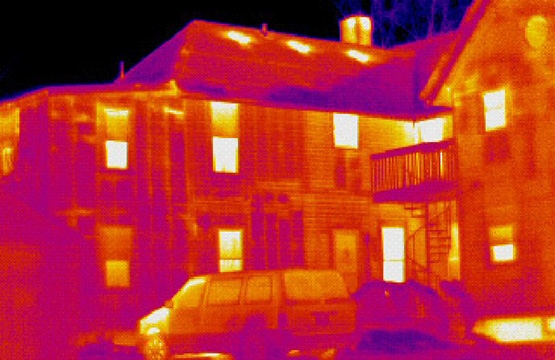

There are a few articles that I have come across that put forth ideas that IR inspections of buildings can accomplish unrealistic things. One of the unrealistic expectations is the ability to find mold. This is a huge topic and a popular buzz word used by health agencies and building contractors. Granted this is a large problem that faces building owners and home owners. There are many methods to locate, detect, and measure mold growth in a structure. IR (Infrared/thermal imaging) is NOT one of them. Air sampling, visual inspections, swabbing for cultures, and laboratory testing are viable methods to detect and identify mold infestations. The use of IR imaging cannot locate or identify mold. For the very simple reason that mold is the same temperature as the surface that is growing on. If there is no temperature difference between the object that one is looking for and the surrounding surfaces it will not be detected with IR. So, mold itself cannot be detected with IR. What can be found are the areas that mold is likely to be found. Moist areas within a structure can be identified, as the moisture is typically cooler than the dry areas. Keep in mind that just because moisture is found does not automatically mean that there is mold present, those areas should be tested by a well-qualified testing lab, using proper safety precautions during the collection of the samples. This will determine if mold is present and if the mold is of the hazardous type.
Are there benefits to using IR in building inspections? Absolutely, the determination of insulation placement and performance, the thermal envelope of the building, possible moisture infiltration, air leakage issues, and the location of structural features are just some of the main uses of IR imaging.